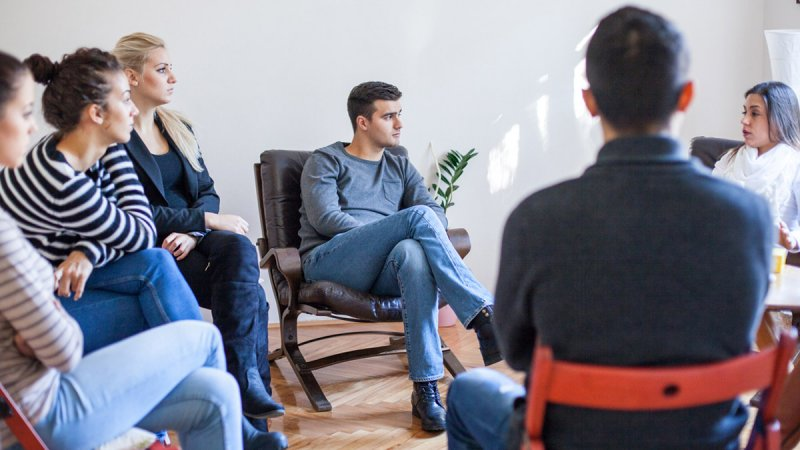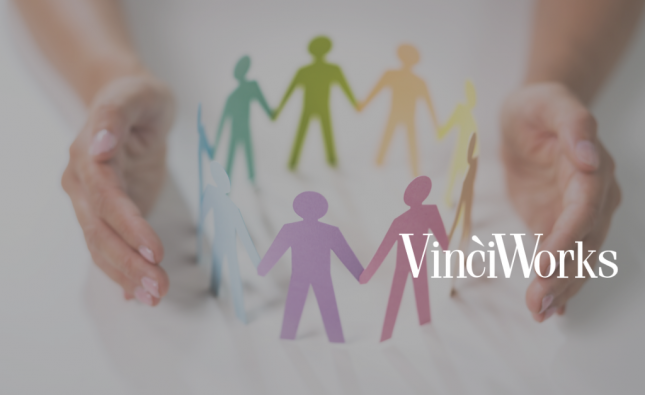Some related Equality and Diversity Courses
Equality and diversity are essential when it comes to health and social care. Good equality and diversity practices means that a fair and accessible service is provided for everyone. The legislation ensures people can be treated as equals with dignity and respect. Additionally, it stresses that the differences people have are celebrated rather than condemned. Equality and diversity shouldn’t be seen as an extra benefit, but as an expected element to the entire system.
Equality and Diversity in Health and Social Care
In a health and social care organisation, it’s important that equality and diversity are at forefront of what they do. Everyone will have contact with the services in one way or another, as people from all backgrounds rely on them at some point in their lives.
The service users are all individual people with different traits. Providers should always strive to make sure their diverse needs are met and ensure they have equal access to their services. This is particularly important for adults with a disability, an illness, or if they’re limited by their age. All these factors could make them unable to take care for themselves.
Promoting equality and diversity in the workplace is primarily concerned with preventing discrimination. Sometimes your environment may be discriminating against a patient accidentally, particularly if the patient is vulnerable because of their health, age, or disability – so having an awareness of the potential barriers and how to remove them is essential.

Relevant Legislation
There are four key laws specifically relating to health and social care when it comes to equality and diversity:
- The Equality Act 2010 – This is the legislation surrounding the topics of equality and diversity. It covers all areas of society, including health and social care. Whatever the sector, it works off the structure of nine protected characteristics. These are age, disability, marriage and civil partnership, pregnancy and maternity, race, religion and belief, sex, gender reassignment and sexual orientation.
- The Human Rights Act 1998 – This legislation outlines the basic human rights and principles of equality. The Act has five main principles: Fairness, Respect, Equality, Dignity and Autonomy.
- The Mental Capacity Act 2005 – The Act aims to help people who are unable to maintain their independence, dignity and the right to freedom. The Deprivation of Liberty Safeguards (DoLS) aid vulnerable individuals to maintain their right to dignity and equality.
- The Care Act 2014 – This legislation underpins all work with vulnerable adults. This includes ensuring that adults give consent for support that is tailored to them and chosen by them.
For equality and diversity to really become part of your health and social care setting, every member of the team needs to fully understand the relevant legislation, principles and practices. Until a consistent level of understanding is reached, it can be difficult to get people involved in supporting and promoting it.
Make sure you have an efficient equality and diversity policy that people have read and understand; that way they can comply with the aims. Similarly, ensure that everyone is appropriately trained in Equality and Diversity in Health and Social Care, the Deprivation of Liberty Safeguards and Safeguarding Vulnerable Adults.
Encourage staff members to think about what matters to each person in your setting, so that you can provide the best care for the individual so that you’ll always be prioritising equality and diversity matters.
Evolution of Nursing in the NHS
In the 1950s there were many challenges for women in the nursing profession. Nursing was a gender segregated profession. It was physically hard work, with high levels of commitment and anti-social working hours. The accepted attitude at the time was that married women would give up work to concentrate on looking after husbands and families. They weren’t seen as being able to have a family as well as a professional career.
Present day nursing is still tough in many ways, despite feminist movements and successive campaigns from organisations like the Royal College of Nursing pushing for progressive legislation and changing attitudes.
The numbers of women in nursing roles has remained high, with women making up three-quarters of the NHS workforce, but they are still under-represented in senior leadership roles. This fact, teamed with the it being revealed that only 2.5% of NHS executives and chair leaders are from black and ethnic minority backgrounds, illustrates that the push for diversity and equality in the health and social care sector is far from over.


